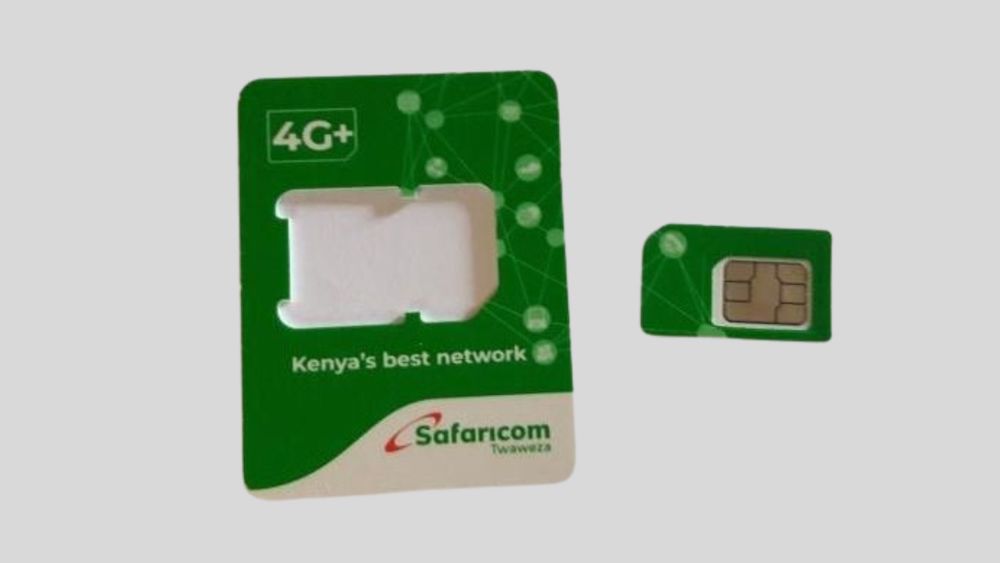
The just-concluded general elections in Kenya presented the country with yet another opportunity to showcase its progress in the uptake of technology. The country has become a hotbed of tech, performing well above many of its peers in the continent.
The vibrancy of this tech-powered environment has caught the attention of several big-tech companies that have set shop in Kenya’s capital, Nairobi.
As Kenyans, went to the polls, the discussion on 4G/3G networks took centre stage for two main reasons. First, the Independent Electoral and Boundaries Commission(IEBC) said that the Kenya Integrated Election Management System (KIEMS) kits needed to operate on 4G/3G network or 2G network where the former had a poor signal. The KIEMS kits carry voters’ identification data and personal biometrics are used to identify voters on voting day. Where the KIEMS kits fail, a manual register is used and there were several scenarios where both systems worked in perfect harmony.
Secondly, the transmission of results from the polling stations was to be done through an online platform while maintaining the manual forms that would later be counterchecked with what appeared on the IEBC portal. Thus, a strong network was a prerequisite for successful elections.
This election presented the need to accurately audit the penetration of 4G and 3G networks in the country before we can even talk of scaling up to the game-changing 5G network.
According to the Communication Authority of Kenya (CA), 4G coverage across the country is at 94%. Safaricom, Kenya’s largest mobile operator says that its 4G network penetration is at 77%, while 3G network serves 94% of its customers. A few weeks ago, Airtel purchased additional spectrum from the CA to boost its 4G network. Just before the elections, Telkom Kenya also added 224 New 4G sites at the Coast and Lower Eastern Regions. The expansion covers Mombasa, Kilifi, Kwale, Lamu, and Taita/Taveta, as well as Makueni, Machakos, Kitui, and Kajiado Counties.
According to a report by the regulator released in December 2021, 4G network served the largest share of mobile broadband users.
“The data-driven digital economy in Kenya is rapidly growing and evolving as a result of expansions in mobile broadband networks such as 3G and 4G. As at the end of 2021, at least 94% of the Kenyan population was covered by 4G-network,” said CA.
It’s not easy to determine, at this point, how the countrywide penetration of 3G and 4G networks influenced the just concluded elections, but the critical role of proper broadband infrastructure in electoral processes cannot be overemphasized.
When the dust finally settles and the incoming government takes over, there will be a need to look at all loopholes and challenges encountered in this process, with an aim of addressing them. Luckily, there is enough time between now and the next general election to carry out an audit and lay down proper infrastructure and continue to tap the benefits of using technology in electoral processes,
Follow us on Telegram, Twitter, and Facebook, or subscribe to our weekly newsletter to ensure you don’t miss out on any future updates. Send tips to info@techtrendske.co.ke



